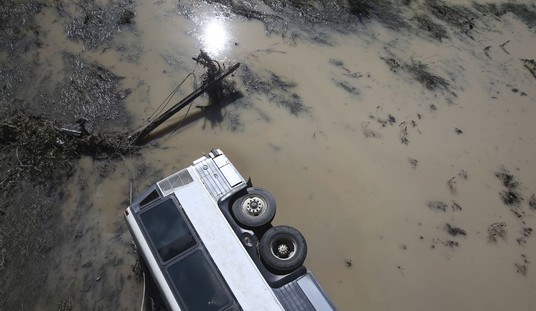"Progress is impossible without change, and those who cannot change their minds cannot change anything," said George Bernard Shaw. At this moment in history, when the pace of change due to the artificial intelligence revolution is reaching light speed, those who lack vision will fall hopelessly behind.
We all know AI requires massive amounts of electricity to power its gigantic server farms. If you've been following the AI issue, you know that the U.S. lacks the power capacity to serve existing companies, grow the economy at a healthy pace, and feed the voracious appetite of AI technology.
If there were a quick fix to build more power plants, it wouldn't be a problem. Unfortunately, the total project timeline for a natural gas electricity-generating plant, including planning, permitting, and financing, takes three to eight years or more. The construction phase is typically around one to four years.
Also, the need for turbines has far outstripped our ability to build them. The wait times for gas turbines can be up to five to seven years or even longer, depending on current demand.
If tech companies had to wait eight to 10 years for a new power source to handle their increased electricity loads, they'd fall far behind the profit curve.
The Wall Street Journal reports that many tech companies aren't waiting for an invitation to be connected to an expanded power grid. They're taking matters into their own hands and building their own electrical generating plants.
With the push for AI dominance at warp speed, the “Bring Your Own Power" boom is a quick fix for the gridlock of trying to get on the grid. It’s driving an energy Wild West that is reshaping American power.
Most tech titans would be happy to trade their DIY sourcing for the ability to plug into the electric grid. But supply-chain snarls and permitting challenges are complicating everything, and the U.S. isn’t building transmission infrastructure or power plants fast enough to meet the sudden surge in demand for electricity.
America should be adding about 80 gigawatts of new power generation capacity a year to keep pace with AI as well as cloud computing, crypto, industrial demand and electrification trends, according to consulting and technology firm ICF. It’s currently building less than 65 gigawatts. That gap alone is enough electricity to power two Manhattans during the hottest parts of summer.
The growth of data centers has been beyond belief. The Journal reports, "The U.S. had around 522 hyperscale data centers at the end of the second quarter, which account for around 55% of global capacity, according to Synergy Research Group. Another roughly 280 are expected to come online through 2028 in the U.S."
For all of that construction, it pales in comparison to what China is doing with its electric grid. According to the think tank Climate Energy Finance, Beijing added about 429 gigawatts of new power generation last year, while the U.S. built about 50 gigawatts.
It's a race with China for AI dominance, and we're falling behind.
One of Donald Trump's first official acts was to declare a national energy emergency. Many on the left denounced the move as a smokescreen for Trump to build more oil and coal power plants. The president has "issued a series of related executive orders including one that aims to fast-track data-center construction and needed power infrastructure," says the Journal.
At this point, it's irrelevant whether the plants are run with coal, oil, gas, or bird droppings; we need power.
Planning and building large-scale power plants or expanding grid infrastructure takes years. The process, normally gummed up, is even more difficult lately. Projects of all kinds face hurdles obtaining permits, equipment shortages, a labor crunch and rising costs, exacerbated by Trump’s tariffs on steel and aluminum, as well as some copper products.
Orders for transformers began climbing just as global supply chains became snarled at the start of the Covid-19 pandemic, according to data from energy consulting firm Wood Mackenzie. Data-center demand for the equipment is up 10-fold since then. It’s expected to quintuple next year. New factories and utilities’ efforts to replace aging or damaged equipment have added to the order backlog.
Transmission construction, too, has been bogged down. The U.S. added 888 miles of new high-voltage transmission lines last year, and 450 miles the year before, according to a report from Grid Strategies. That’s down from an average of more than 900 miles a year between 2015 and 2019, and more than 1,700 miles a year on average for the five-year period before that.
Perhaps the most important move by the president in the energy field was his streamlining of the permitting process for a nuclear power plant. He signed a series of executive orders in May to ease the regulatory burden on companies looking to construct nuclear power plants.
One of Trump's executive orders directs the NRC to streamline its rules so that it takes just 18 months to approve applications for a new reactor.
Another order directs the Energy and Defense departments to explore placing reactors on federal land, thus bypassing the NRC entirely. It would also allow those departments to develop their own faster, more efficient approval process for building nuclear reactors.
“This is a huge day for the nuclear industry,” said Interior Secretary Doug Burgum last May during an Oval Office ceremony, adding, “Mark this day on your calendar. This is going to turn the clock back on over 50 years of overregulation.”
It certainly promises a bright future as long as climate hysterics and Democratic Luddites don't quash the whole thing.










